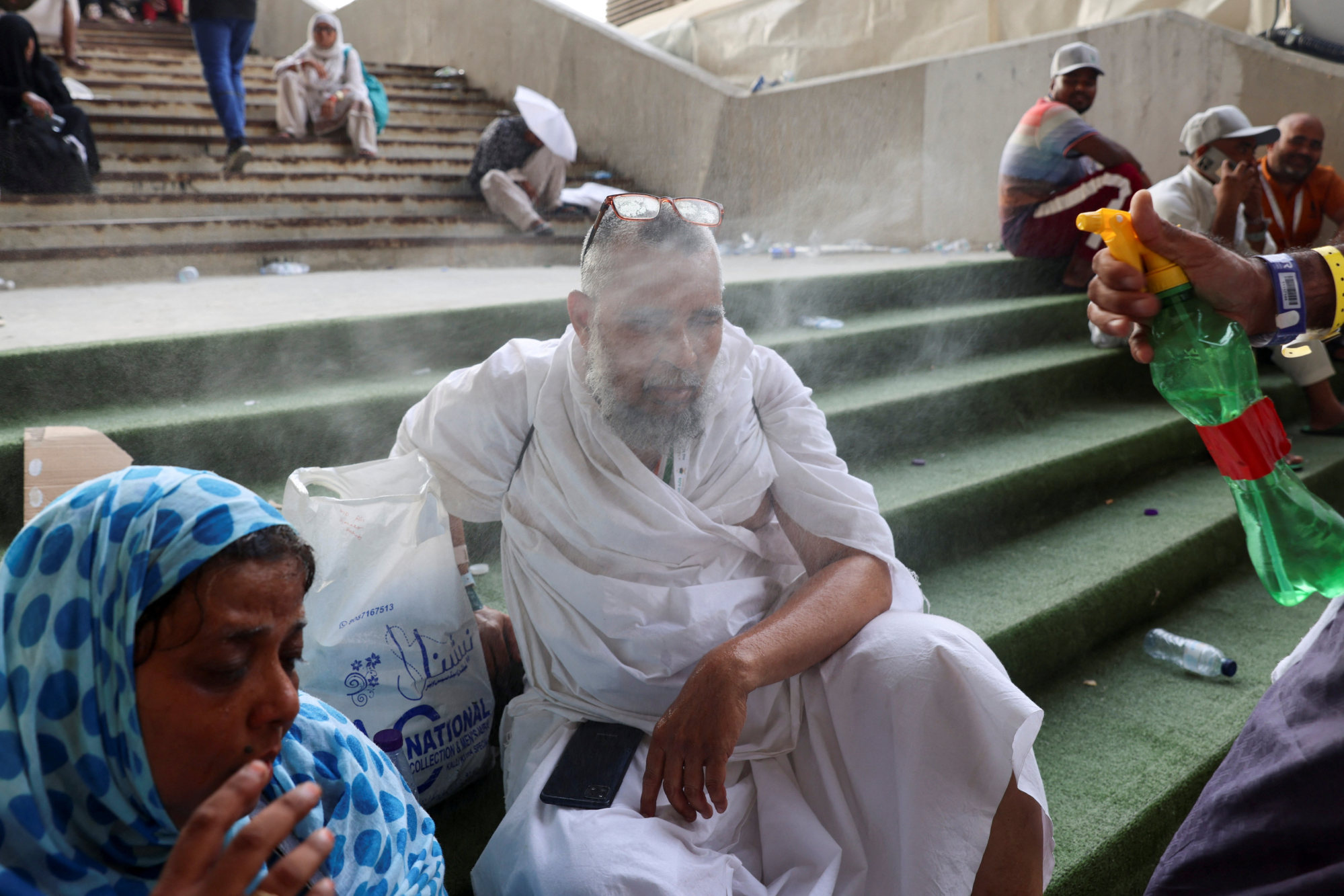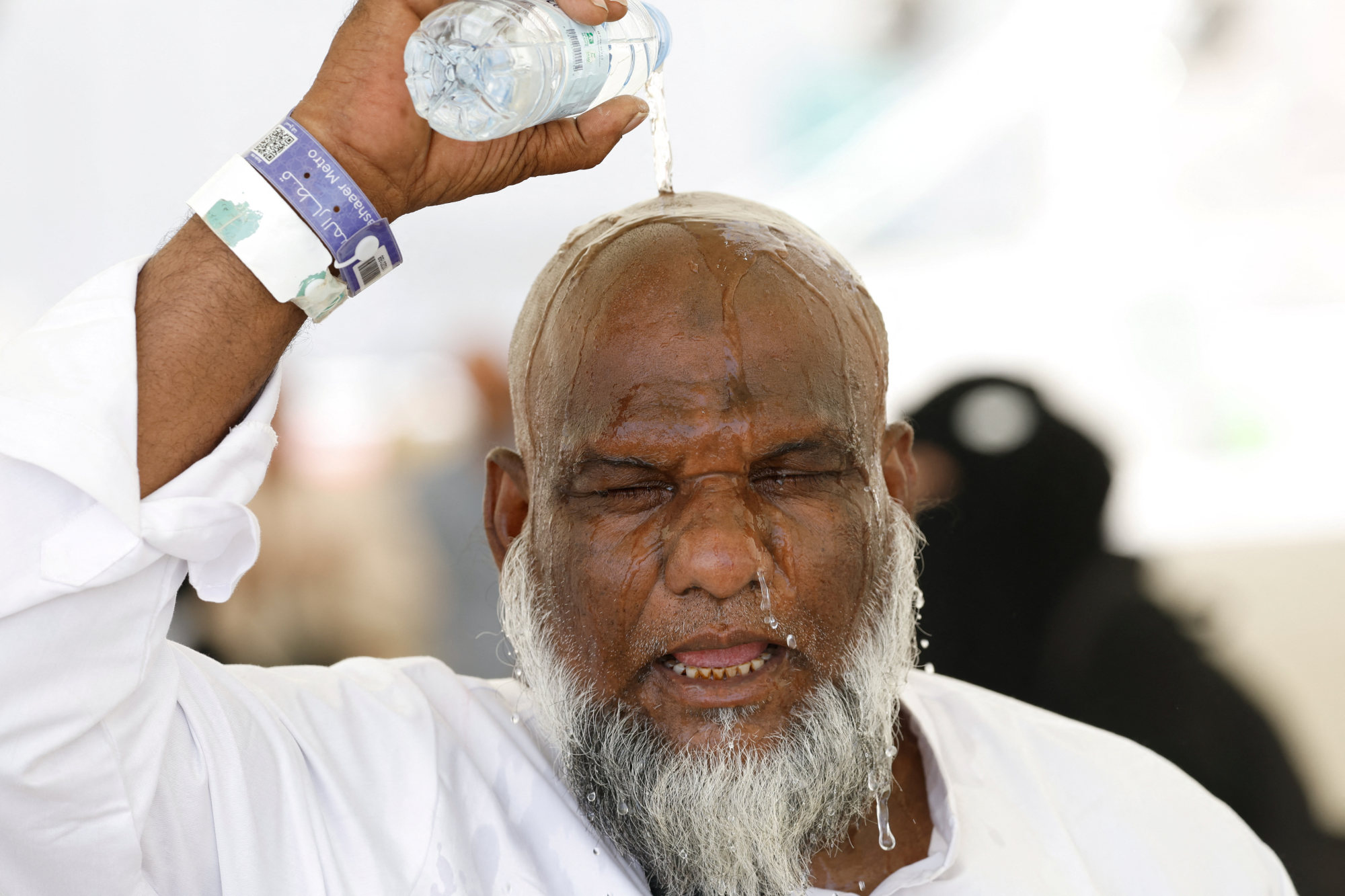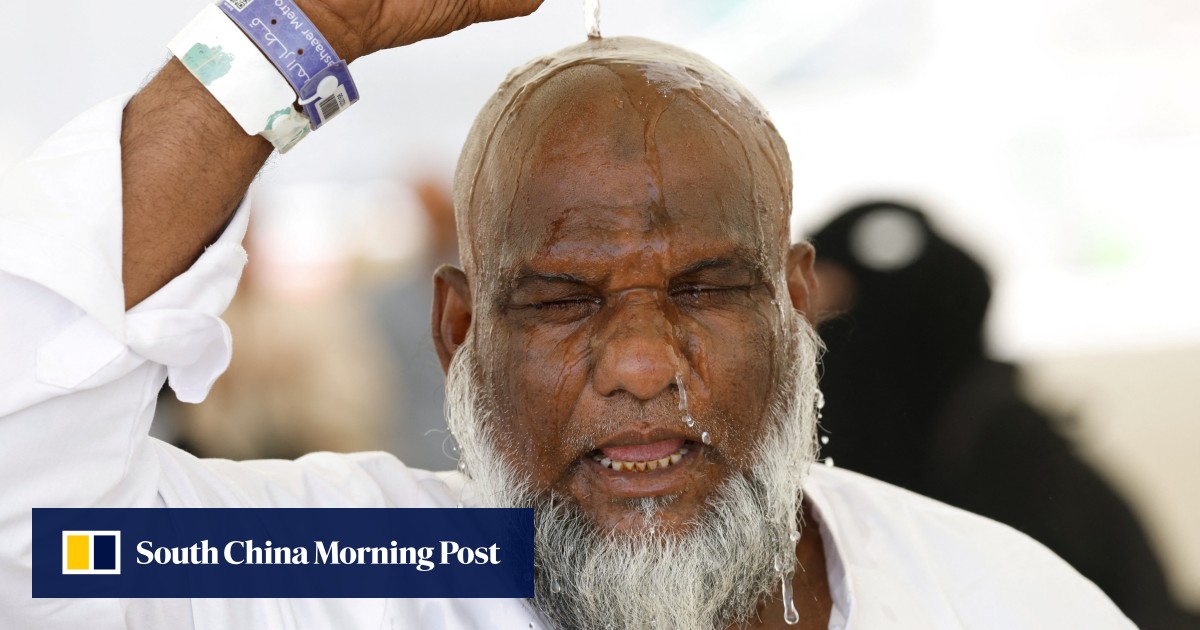Indonesia, the world’s most populous Muslim nation, routinely reports some of the highest mortality rates among the millions of foreigners who embark on the haj pilgrimage to Saudi Arabia.
Indonesian pilgrims often wait until they are older to undertake the pilgrimage, due to lengthy waiting lists and quotas in their home country.
This year, around 240,000 Indonesians made the journey to Mecca, according to government figures. Of these, nearly 45,000 were over 65, with some in their nineties. The oldest Indonesian pilgrim this year was 109.
Aware of the risks of overcrowding, stampedes, and providing water and shelter from the sun to the near two million pilgrims expected this year, Saudi authorities also tightened up control via the introduction of a biometric digital ID for pilgrims to facilitate identification and streamline services.
However, as they do each year, tens of thousands of people attempted the pilgrimage through unofficial means, as they could not afford the cost of official visas, adding to the congestion.

Responding to a post about the deaths caused by extreme heat, one user on X said conditions had been exacerbated by overcrowding, saying: “It is not a matter of whether it’s legal or not, but it poses many harms, including harm to other people.”
Overall, close to 900 pilgrims have died during this year’s haj pilgrimage, according to an Agence France-Presse report.
And without the air-conditioned facilities and extra water provided by Saudi authorities along the haj route, all pilgrims are vulnerable to extreme summer temperatures, which this year, hovered around 50 degrees Celsius (122 degrees Fahrenheit).
The number of Indonesian dying during the pilgrimage has been increasing. Last year, 774 deaths were reported, more than eight times the number in 2022, according to Indonesian Health Ministry data.
Climate experts warn that as global temperatures rise, the rates of death and illness during the haj pilgrimage are likely to worsen.
“The haj has been conducted in a certain way for more than 1,000 years now, and it’s always been a hot climate,” Carl-Friedrich Schleussner, a scientific adviser at German Institute Analytics told Reuters. But “the climate crisis is adding to the severity of the climate conditions.”
The haj’s timing drifts across seasons due to the lunar Hijri calendar, which is used to determine it, being 10 days shorter than the Gregorian. The haj is drifting earlier every year. By the 2040s, the pilgrimage to Islam’s holiest site, the Kaaba, will move closer to Saudi Arabia’s winter.

Naim, who is taking part in this year’s pilgrimage, said most of the deaths weer among pilgrims aged 54 to 75, caused by heart disease, pneumonia and blood infections.
“The Saudi Arabian hospital and Tabung Haji staff have helped the next of kin of the deceased here and informed their next of kin in Malaysia,” Naim said at a press conference in Mecca, referring to Malaysia’s state-owned haj fund that organises the pilgrimage for the country’s Muslim citizens.
While Malaysian pilgrims rejoiced at the rain that fell on the first day of Eid on Monday, with many sharing images on social media, it was a short respite as the temperature quickly climbed after the rain subsided.
“My son [who is in Mecca] saw many people collapse right in front of his eyes,” said housewife Fatimah Mat Arop to This Week in Asia.
“He was thankful that I decided not to perform the haj this year, as it is too hot.”
On Facebook, preacher Rasyid Alwi who is taking part in haj this year shared a video of deceased pilgrims along a road in Mecca, with one slumped on a wheelchair while others lying on pavements and covered only with cloth.
“Oh god forgive us all,” Rasyid said, saying the deceased received a blissful death in the holy land.

